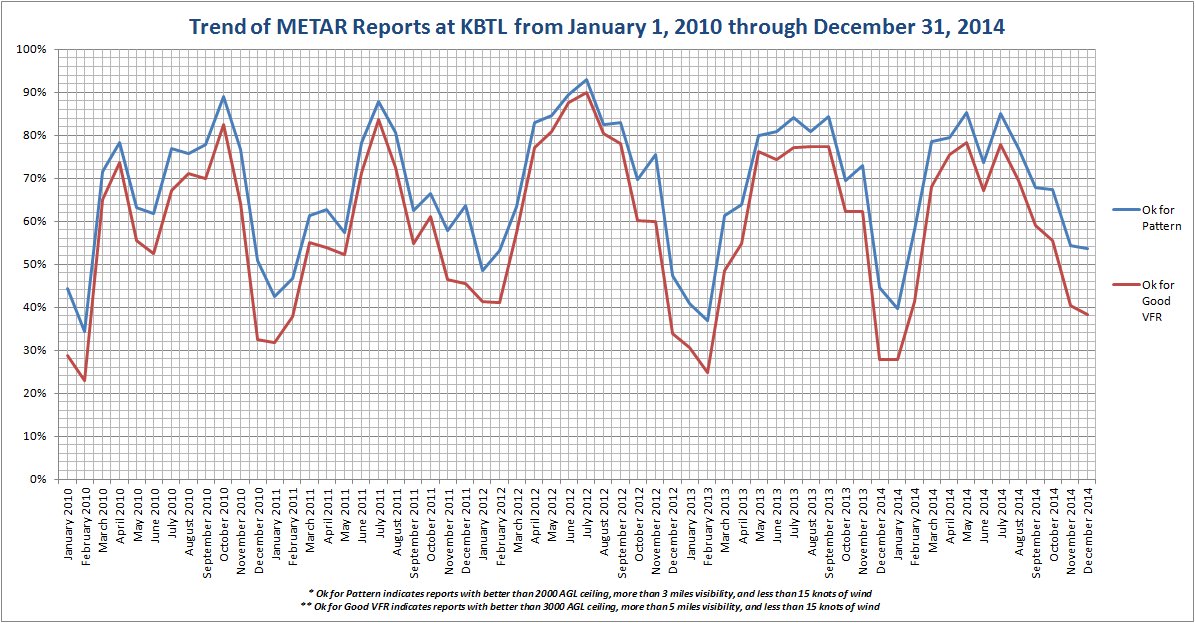A couple of the biggest accidents in aviation history have been the result of “runway incursions” where more than one aircraft were on a runway at eh same time due to confusion, missed clearances, or just human error. Avoiding runway incursions remains a critical safety concern in the aviation community, and it is General Aviation activities that continue to make up the largest number of incursions each year.
Through three simple steps, you can help avoid runway incursions.
 First. Stop.
First. Stop.
If you are taxiing and are unclear of what you are supposed to do, where you are, or where you are going and are not on a runway, STOP. Do not go any further and risk the potential of taxiing onto or across a runway that is active or inactive.
Second. Go.
If you are taxiing and believe you are on a runway that is active or inactive, get off of it, then stop. Getting yourself clear of a runway is critical to making sure you are not in a location that could be in the way of other aircraft in the process of takeoff or landing. This is an active step you should take if you are in doubt at all that your position would potentially be at risk of collision with another aircraft. Take the first available taxiway, or even if necessary if you believe any potential for collision may exist, taxi off the runway on any surface that is safe. I could even make the case that taxiing off onto the grass next to a runway might be a good option if you have any concern that another aircraft may be operating on the runway you are on, with or without you having a clearance. Getting your aircraft stuck in the grass would be much better than not doing anything and ending up in a collision. Continue reading

